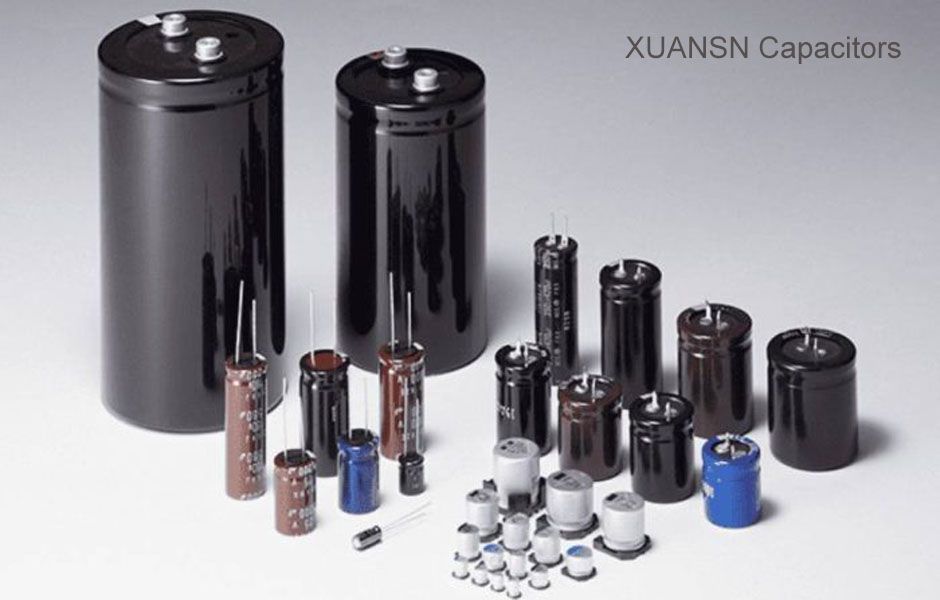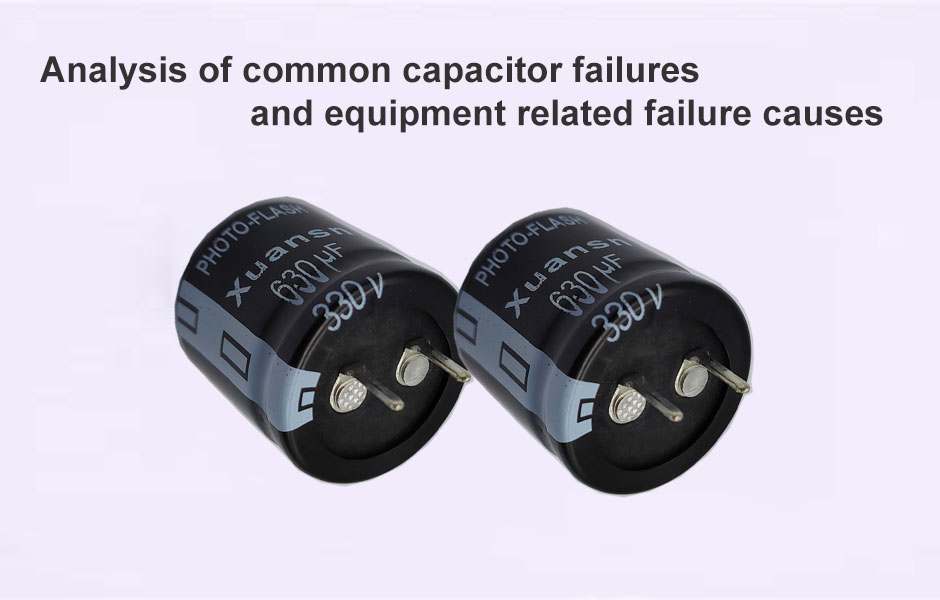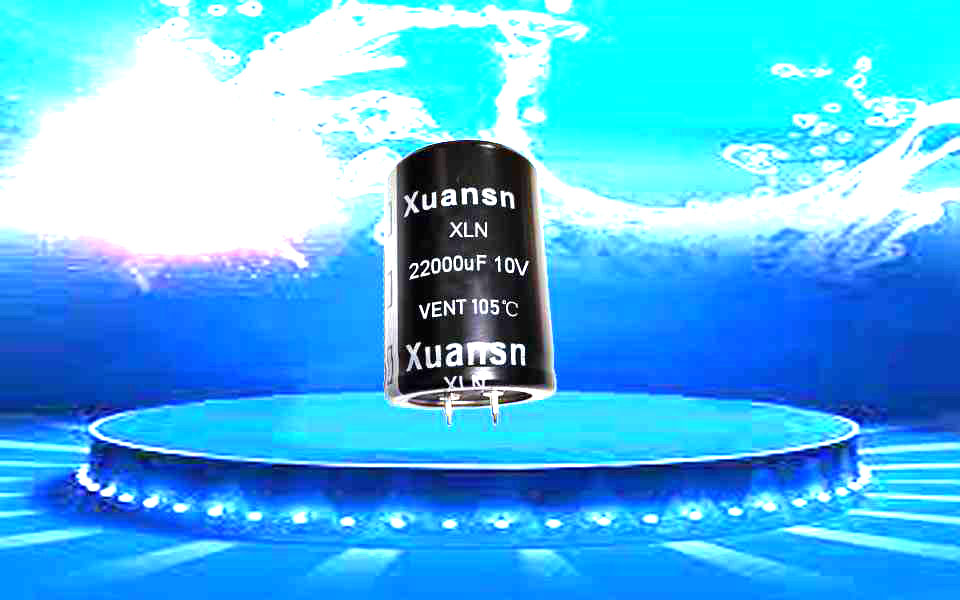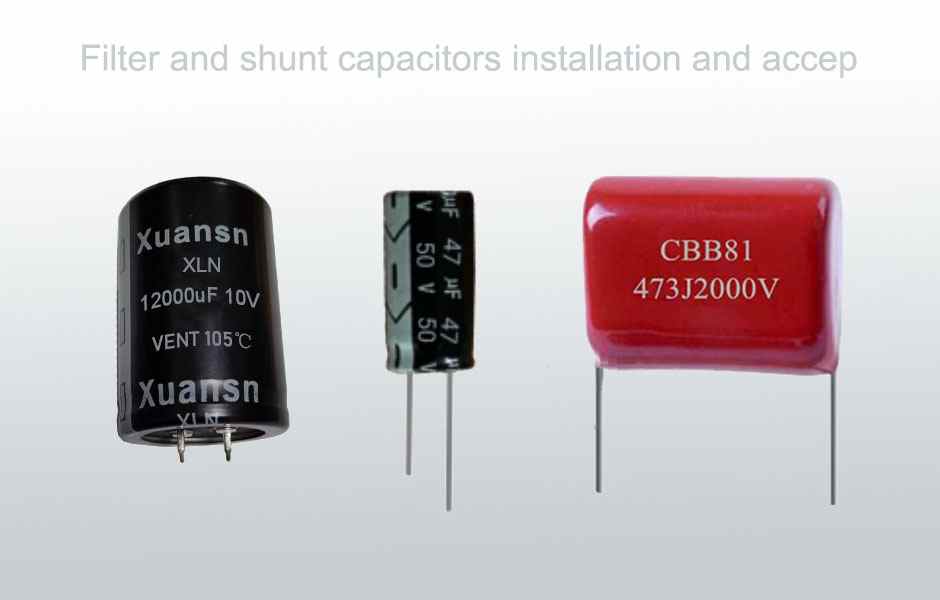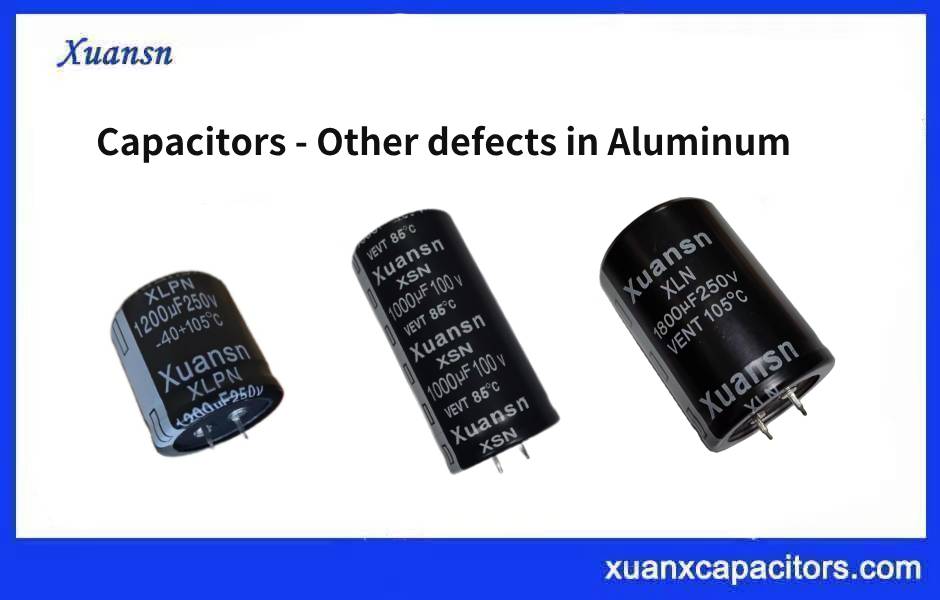All about capacitors, Part 1: Basic knowledge of capacitors
As long as the circuit is formed, you can find the figure of the capacitor. Some capacitors can be used to ensure the smooth running of the power supply, stabilize the voltage, and / or improve the efficiency of the power flow, or store energy for voltage conversion, or filter harmonics. In this brief article, we talk about how capacitors work.
Dissecting capacitors-conductors and dielectrics
A capacitor basically has only one task: to temporarily store electricity in an electric field. To accomplish this task, the capacitor requires at least two conductors (plates), separated by a dielectric. The film is generally rolled to save space. The polar plate (very thin metal film or foil) ensures that the current can flow freely in one direction or multiple directions. Dielectric (referred to as plastic film) is a material with a conductivity close to zero. In addition, it can be immersed in a specific oil or liquid to enhance performance.
No conductivity means that the dielectric can store and release electrical energy through polarization. Static or slowly moving charges adhere to the surface of the material, and an electrostatic field is generated between the plates.
Electrostatic fields and energy storage
The electrostatic field is where magic happens. Capacitors store energy like a rechargeable energy storage system. Let’s first understand what is capacitance, that is, the ability to store charge. A larger capacitance means that the material can store more charge at a specified voltage, and a smaller capacitance means less charge stored at the same voltage.
The electrostatic field is where magic happens. Capacitors store energy like a rechargeable energy storage system.
In a capacitor, a larger surface area and a closer inter-electrode distance mean greater capacitance. When the conductors are close, their electric fields attract each other and can store more energy than when the conductors are far away from each other. Another important point to consider is how much capacitance the dielectric material (that is, plastic film) can withstand. The limit of the electric field strength is actually the breakdown voltage, which determines how much capacitance the dielectric material of the capacitor can withstand before breakdown. In other words, the breakdown voltage determines how much energy the capacitor can store.
